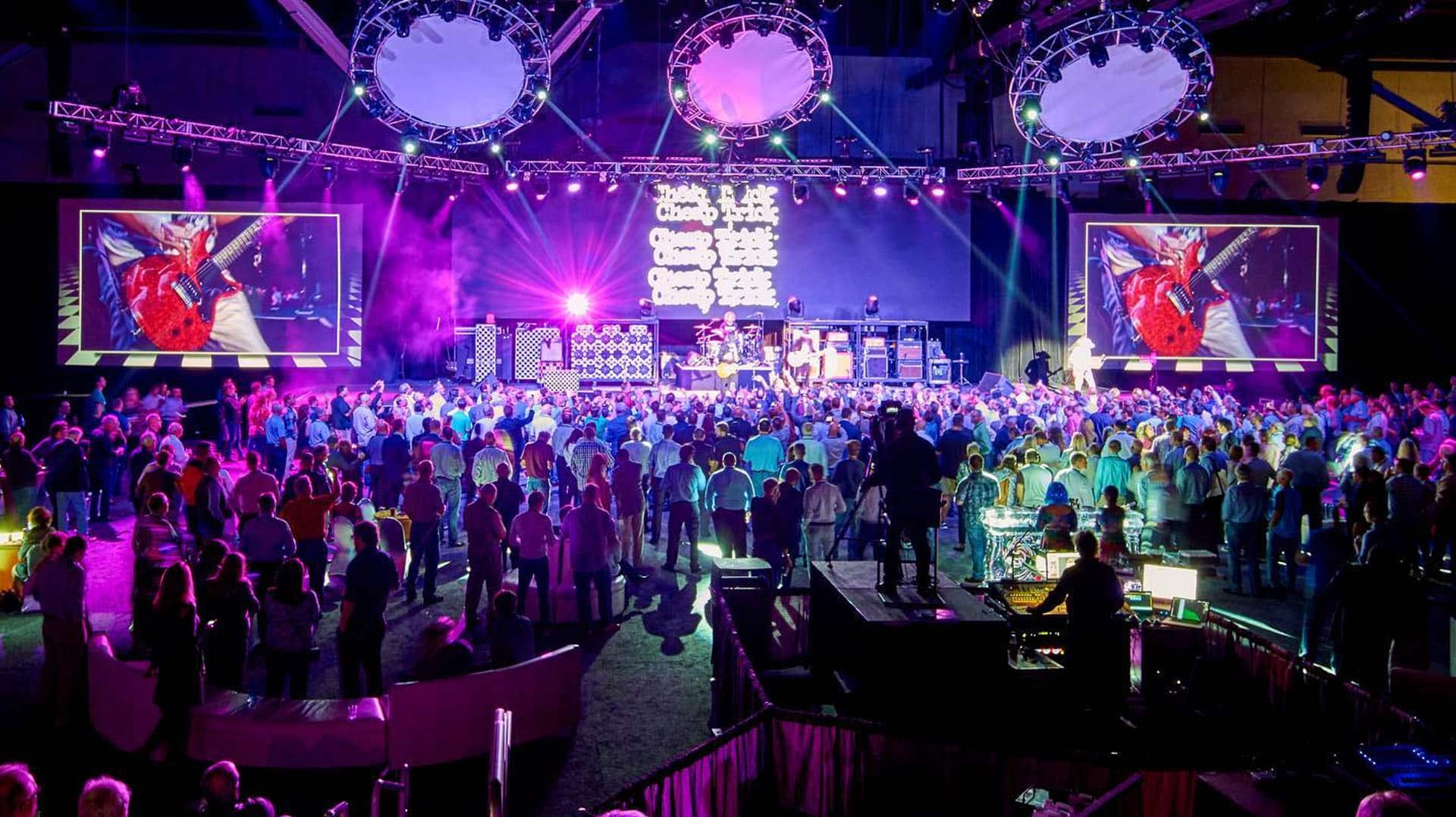Transforming Spectator Engagement Through Engaging Virtual Reality Encounters within Real-time Productions
Transforming Spectator Engagement Through Engaging Virtual Reality Encounters within Real-time Productions
Blog Article
In the past years, virtual reality has become a potent instrument for enhancing audience engagement in live performances. Such technology allows viewers to submerge oneself in a 3D setting, creating a unique experience that traditional formats cannot easily duplicate. Through using VR, producers can move audiences into the core of the action, making them sense as if they are integral of the show. This innovative approach not only captivates audiences but also opens up new opportunities for narrative and engagement.
One of the key advantages of employing VR in real-time performances is the capability to forge a greater engaging encounter. Viewers can interact with the show in real-time, influencing the outcome or discovering different viewpoints. For instance, in a stage show, audiences using VR goggles can select to pursue specific roles or segments, enabling them to customize their experience. This degree of engagement cultivates a more profound bond between the viewers and the show, rendering it even unforgettable and significant.
Additionally, VR tools can enhance the sight and auditory aspects of a real-time performance. Using top-notch graphics and sound design, producers can create stunning environments that draw viewers in. This immersive characteristic can raise the overall experience, making it more engaging and pleasurable. For example, a musical performance can be converted into a rich encounter, where audience members experience as if they are standing stage with the performers. Such enhancements not just attract larger viewers but also promote repeat attendance, as audiences seek to relive the excitement.
In addition enhancing audience involvement, VR can also offer insightful data for creators. Through analyzing how viewers interact with the virtual environment, creators can gather information on viewer likes and behaviors. This information can inform future productions, assisting to customize material to more effectively satisfy the demands and wants of the audience. As a result, VR not only enriches Find Out More the current experience but also adds to the development of real-time performances as a whole.
As the technology continues to advance, the potential for VR in real-time performances is immense. Ranging from stage shows and concerts to sports events and festivals, the possibilities are limitless. Through embracing this cutting-edge method, producers can transform the way viewers engage with real-time performances. As more producers investigate the incorporation of VR, it is probable that we will see a shift in how performances are designed and presented, eventually resulting to a greater engaging and interactive future for real-time performances.